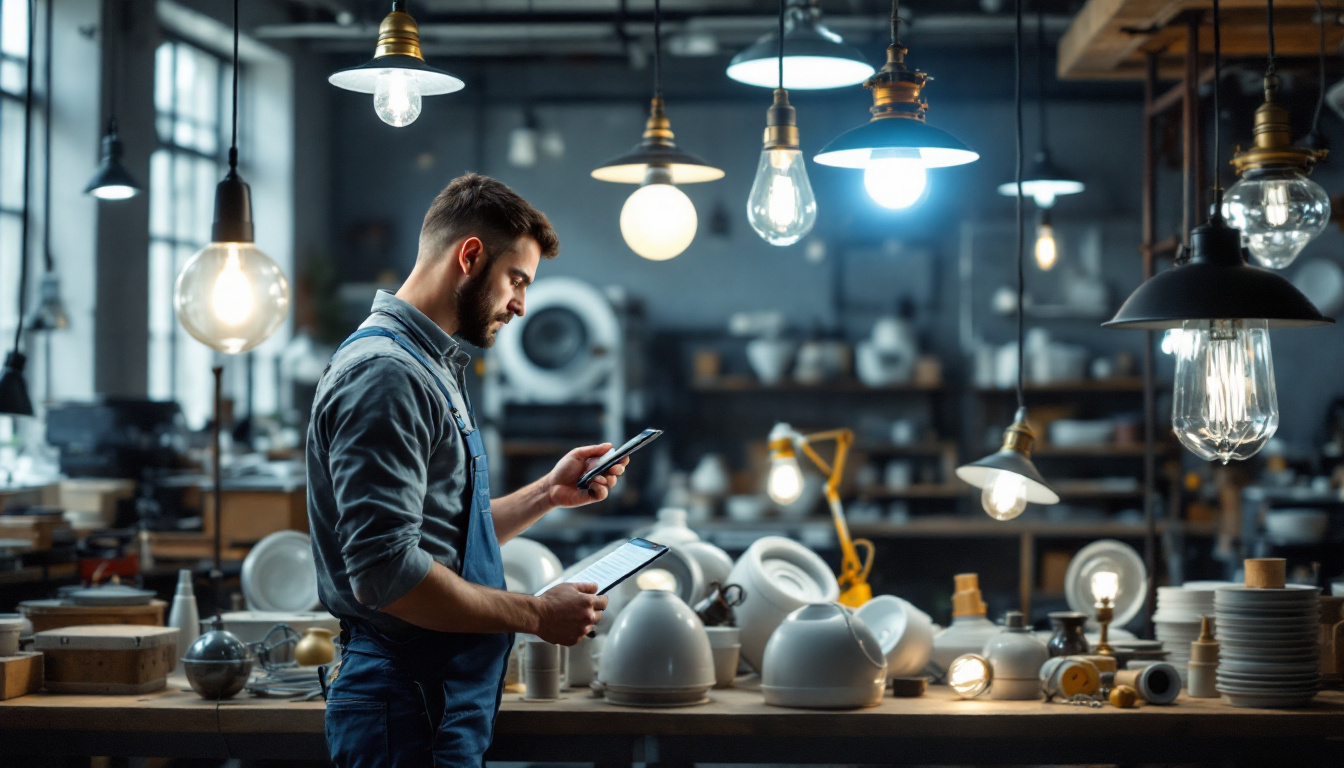
In the ever-evolving world of lighting design and installation, the concept of used light is gaining traction among lighting contractors. Understanding how to effectively utilize and repurpose used light can not only enhance the quality of projects but also contribute to sustainability efforts and cost savings. This article delves into the significance of used light, its benefits, and practical applications for lighting contractors.
Used light refers to the light that has already been emitted and is subsequently redirected or repurposed for new applications. This concept challenges traditional notions of lighting design, which often focus solely on new, high-efficiency fixtures. Instead, it emphasizes the importance of understanding how light interacts with different environments and materials. By considering the lifecycle of light, designers can create spaces that not only utilize energy efficiently but also enhance the aesthetic and functional qualities of an environment.
Lighting contractors are in a unique position to leverage used light, as they are often tasked with optimizing lighting solutions for various spaces. By recognizing the potential of used light, contractors can create more dynamic and effective lighting designs that not only meet client expectations but also align with sustainable practices. This approach encourages a shift from a purely consumption-based model to one that values the creative repurposing of light, fostering innovation in design and installation techniques.
To effectively harness used light, it is essential to understand how light behaves in different environments. Factors such as surface reflectivity, color temperature, and the angle of light all play crucial roles in determining how light can be used effectively. Understanding these elements can lead to more nuanced designs that cater to the specific needs of a space, whether it be for a cozy restaurant or a bright office environment.
For instance, lighter surfaces tend to reflect more light, making them ideal for spaces where maximizing brightness is a priority. Conversely, darker surfaces absorb light, which can create a more intimate atmosphere. By analyzing these characteristics, lighting contractors can make informed decisions about fixture placement and design, ultimately enhancing the overall lighting experience. Furthermore, the interplay of natural and artificial light can also be a significant consideration; utilizing natural light during the day can reduce energy costs and create a more inviting atmosphere, while strategically placed artificial light can extend the usability of spaces into the evening hours.
Advancements in lighting technology have made it easier than ever to track and utilize used light. Smart lighting systems, for example, can adjust based on the amount of natural light present in a space. This not only helps in optimizing energy usage but also ensures that the quality of light remains consistent throughout the day. The integration of sensors and automated controls allows for a seamless transition between different lighting scenarios, catering to the varying needs of occupants throughout the day.
Additionally, tools such as light meters and software for light simulation can assist contractors in assessing light distribution and intensity. By integrating these technologies into their workflow, contractors can better understand how light is used within a space, allowing for more effective designs that capitalize on the benefits of used light. Moreover, the ability to visualize light in a virtual environment before actual implementation can save time and resources, enabling contractors to experiment with various configurations and optimize their designs for both functionality and aesthetics. This technological synergy not only enhances the efficiency of lighting projects but also paves the way for more innovative approaches to lighting design that embrace the concept of used light in exciting new ways.
The benefits of incorporating used light into lighting designs are manifold. From sustainability to cost savings, understanding how to effectively utilize used light can have a significant impact on a contractor’s projects.
One of the most compelling reasons to embrace used light is its contribution to sustainability. By repurposing light that has already been emitted, contractors can reduce the overall energy consumption associated with lighting installations. This not only lowers the carbon footprint but also aligns with the growing demand for environmentally responsible practices in the construction and design industries.
Furthermore, using used light can extend the lifespan of lighting fixtures. By optimizing the way light is distributed and utilized, contractors can reduce the frequency of replacements, ultimately leading to less waste and a more sustainable approach to lighting design. This practice also encourages innovation in the design process, prompting contractors to explore new technologies and methods that enhance the efficiency of light usage, such as smart lighting systems that adjust based on occupancy or natural light levels.
In a competitive market, cost efficiency is a significant factor for clients when choosing a lighting contractor. By leveraging used light, contractors can create lighting solutions that are not only aesthetically pleasing but also cost-effective. This can be achieved through the strategic placement of fixtures and the selection of materials that enhance light reflection and distribution.
Additionally, energy savings from using less electricity can translate into lower utility bills for clients. As more individuals and businesses prioritize budget-friendly solutions, contractors who can demonstrate the financial benefits of used light will have a competitive edge. Moreover, the initial investment in high-quality, energy-efficient fixtures can yield long-term savings, as these products often come with warranties and require less maintenance. This financial foresight can help clients allocate their budgets more effectively, allowing for investments in other critical areas of their projects.
Implementing used light in lighting designs requires a thoughtful approach. Here are some practical applications that lighting contractors can consider.
Adaptive lighting solutions are designed to respond to changing conditions, such as the time of day or the presence of natural light. By utilizing sensors and smart technology, contractors can create systems that adjust based on the amount of used light available.
For example, in a commercial setting, a lighting system could dim during daylight hours when natural light is abundant, thus conserving energy while still providing adequate illumination. This not only enhances the comfort of occupants but also showcases the contractor’s commitment to innovative and sustainable design.
The choice of materials in a lighting design can significantly influence how used light is perceived and utilized. Incorporating reflective surfaces, such as mirrors or glossy finishes, can amplify the effects of used light, creating a brighter and more inviting atmosphere.
Contractors should consider the use of light-colored walls and ceilings, which can help bounce light around a space. This technique can be particularly effective in smaller areas where maximizing brightness is essential. By understanding the interplay between light and materials, contractors can enhance their designs and improve the overall functionality of a space.
Layered lighting involves combining different types of lighting—ambient, task, and accent—to create a well-rounded illumination scheme. By strategically layering light, contractors can make the most of both new and used light, ensuring that each area of a space is appropriately lit.
For instance, in a residential setting, a contractor might use recessed lighting for ambient light, table lamps for task lighting, and wall sconces for accent lighting. This approach not only adds depth and dimension to the space but also allows for the effective use of used light, enhancing the overall aesthetic and functionality.
While the benefits of used light are clear, there are also challenges that lighting contractors must navigate. Understanding these challenges can help contractors develop effective strategies for overcoming them.
One of the primary challenges in promoting the use of used light is educating clients about its benefits. Many clients may not fully understand the concept or may be hesitant to embrace new technologies and techniques. Effective communication is key in addressing these concerns.
Contractors should take the time to explain how used light can enhance their projects, providing examples and data to support their claims. Demonstrating past successes and showcasing case studies can also help build trust and confidence in the proposed solutions.
Another challenge lies in balancing aesthetics with functionality. While used light can enhance a space, it is essential to ensure that the design remains visually appealing. Contractors must carefully consider how to integrate used light without compromising the overall aesthetic of the project.
This may involve experimenting with different fixture placements, light temperatures, and materials to achieve the desired effect. By maintaining a focus on both form and function, contractors can create designs that are not only practical but also visually striking.
Incorporating used light into lighting designs offers numerous advantages for lighting contractors. From promoting sustainability to achieving cost savings for clients, the potential benefits are significant. By understanding the behavior of light, leveraging technology, and applying practical techniques, contractors can enhance their projects and create more effective lighting solutions.
As the industry continues to evolve, embracing the concept of used light will be crucial for contractors looking to stay ahead of the curve. By prioritizing education, balancing aesthetics with functionality, and remaining adaptable to new technologies, lighting contractors can position themselves as leaders in the field, ready to meet the demands of a changing market.
Ready to take your lighting designs to the next level with the innovative use of used light? At LumenWholesale, we provide lighting contractors with the highest quality, spec-grade lighting products at exceptional wholesale prices. Say goodbye to unnecessary markups and hello to a vast selection of reliable, high-performance lighting options that meet the most rigorous industry standards. With free shipping on bulk orders, you can trust that you’re getting premium lighting solutions at the best value — all with the convenience and affordability that your projects deserve. Elevate your lighting game and discover wholesale lighting at the best value today with LumenWholesale.
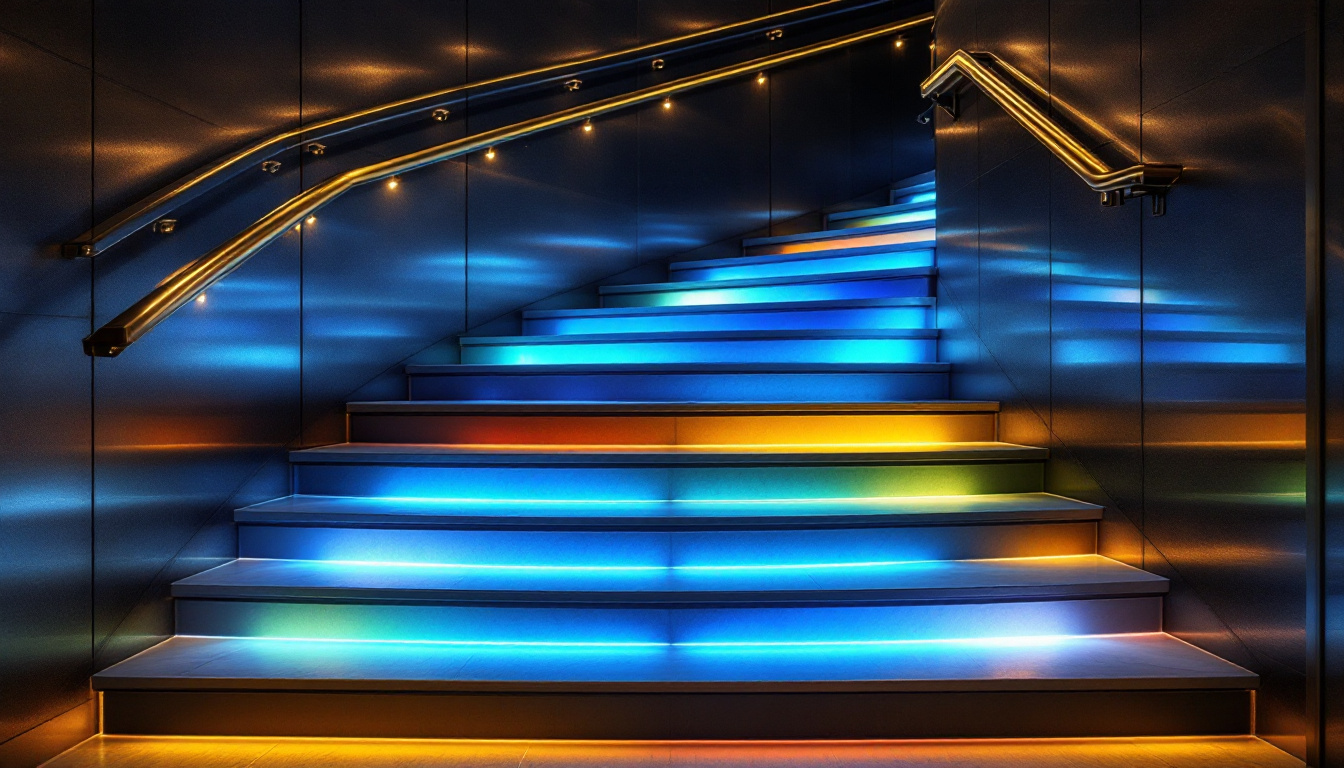
Discover the latest trends in lighted stairs that every lighting contractor needs to know.
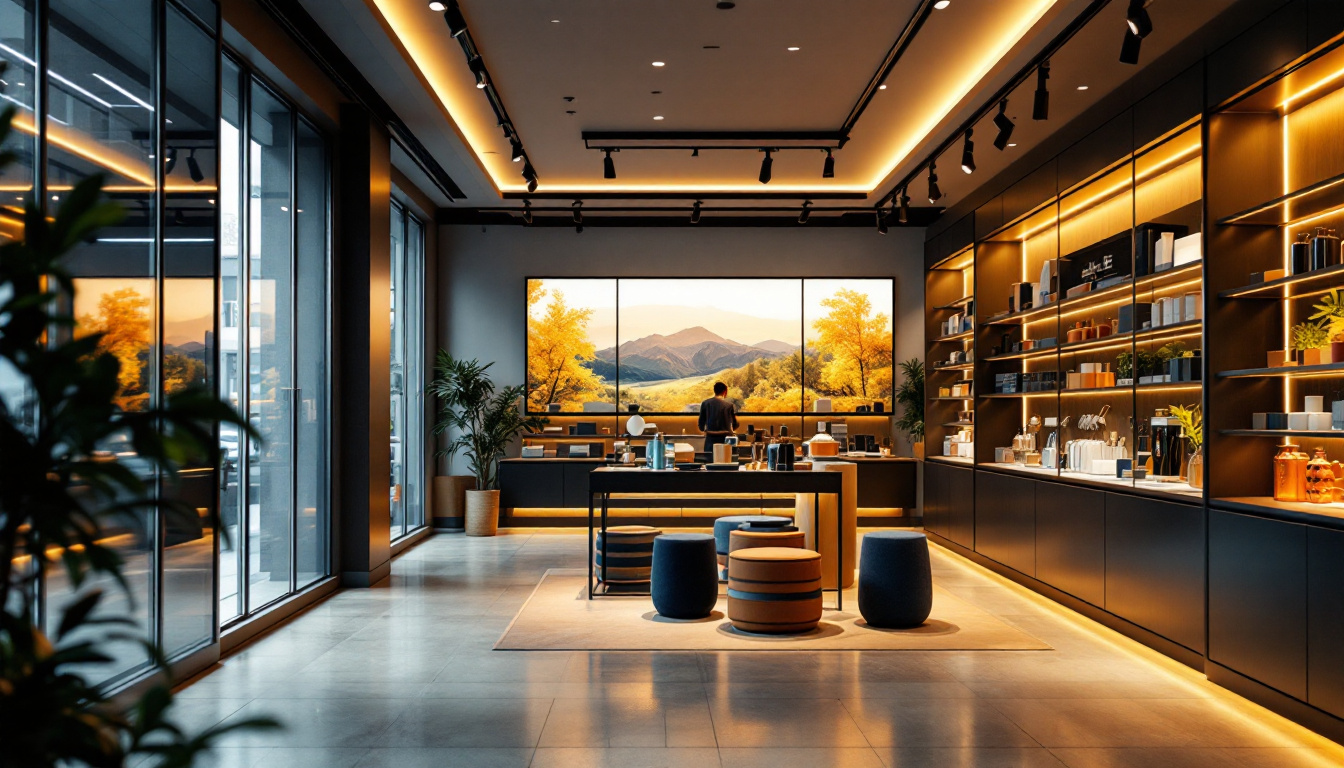
Discover how LED shop lighting is revolutionizing the future of lighting design and installation.
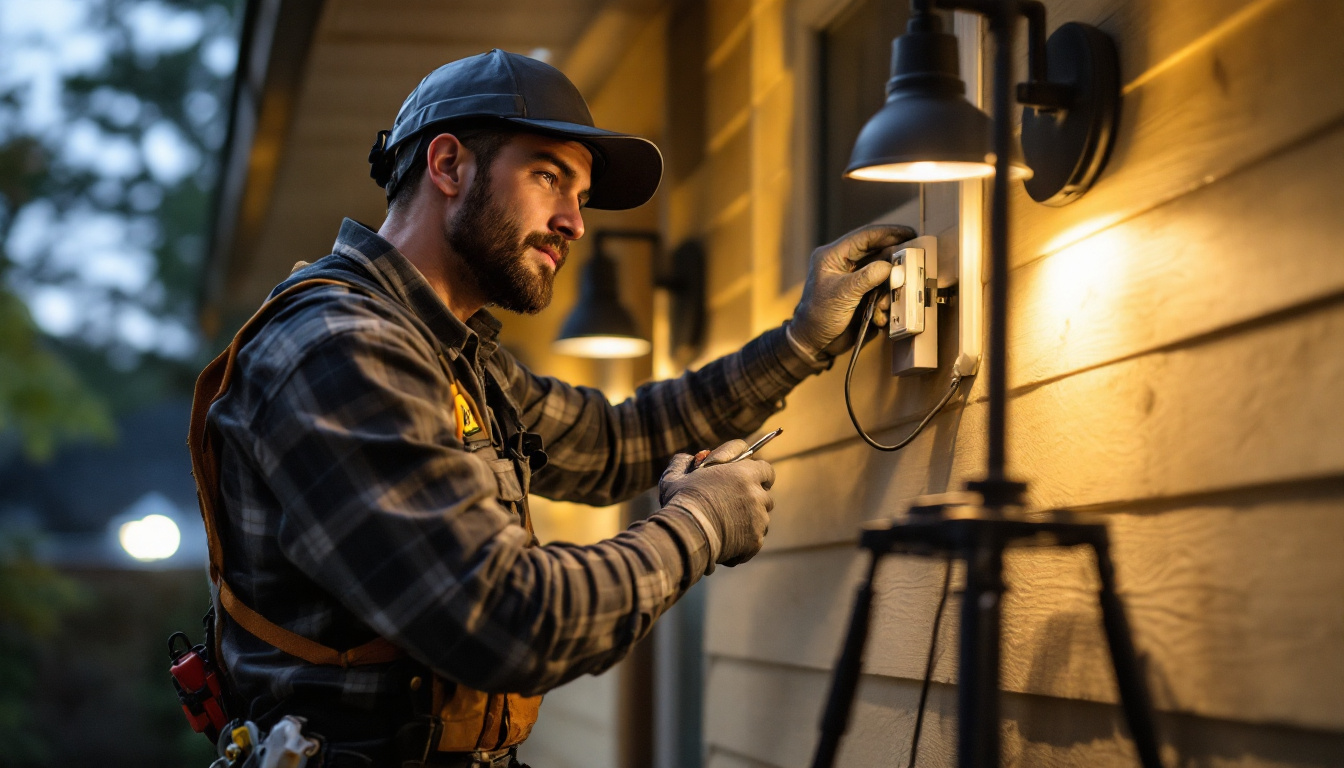
Discover the must-know benefits of using an exterior 2 gang extender for lighting projects.
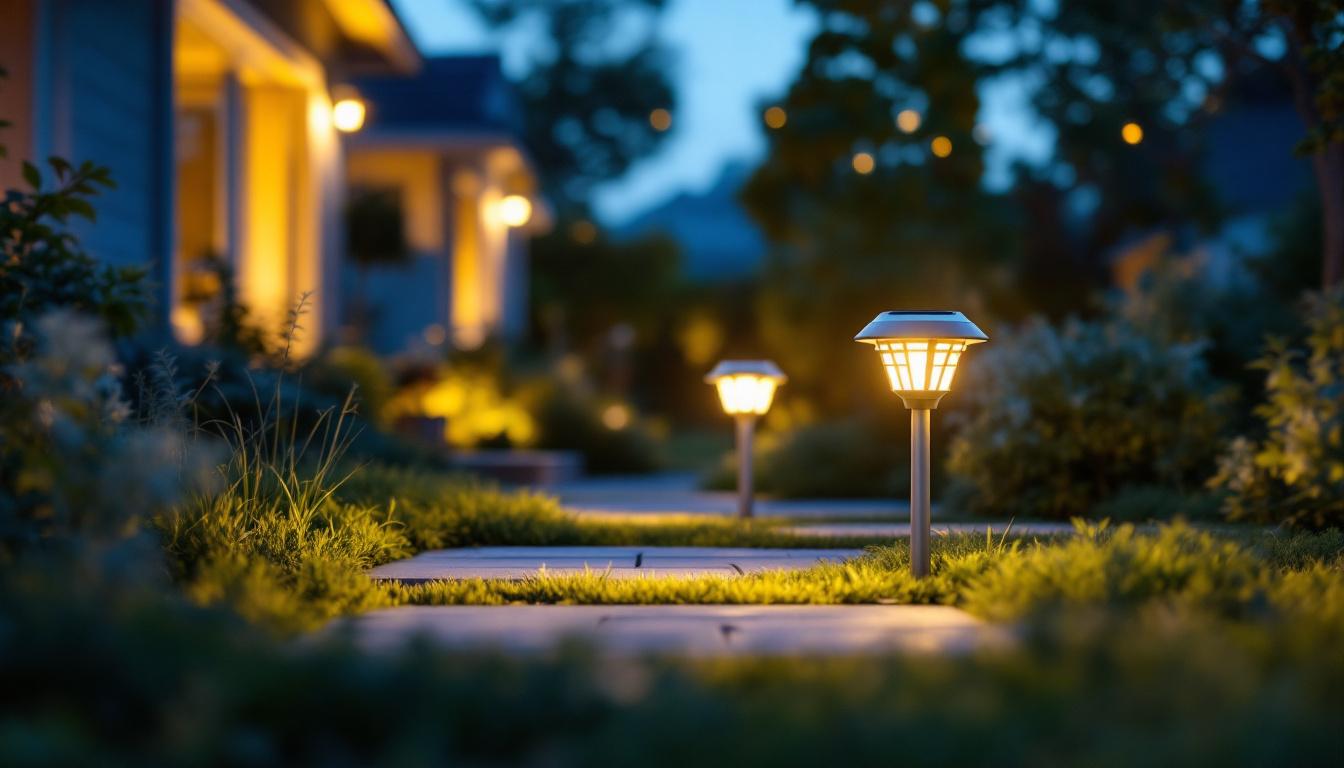
Discover how outdoor solar lights are transforming the landscape for lighting contractors, offering sustainable solutions that enhance aesthetics and efficiency.